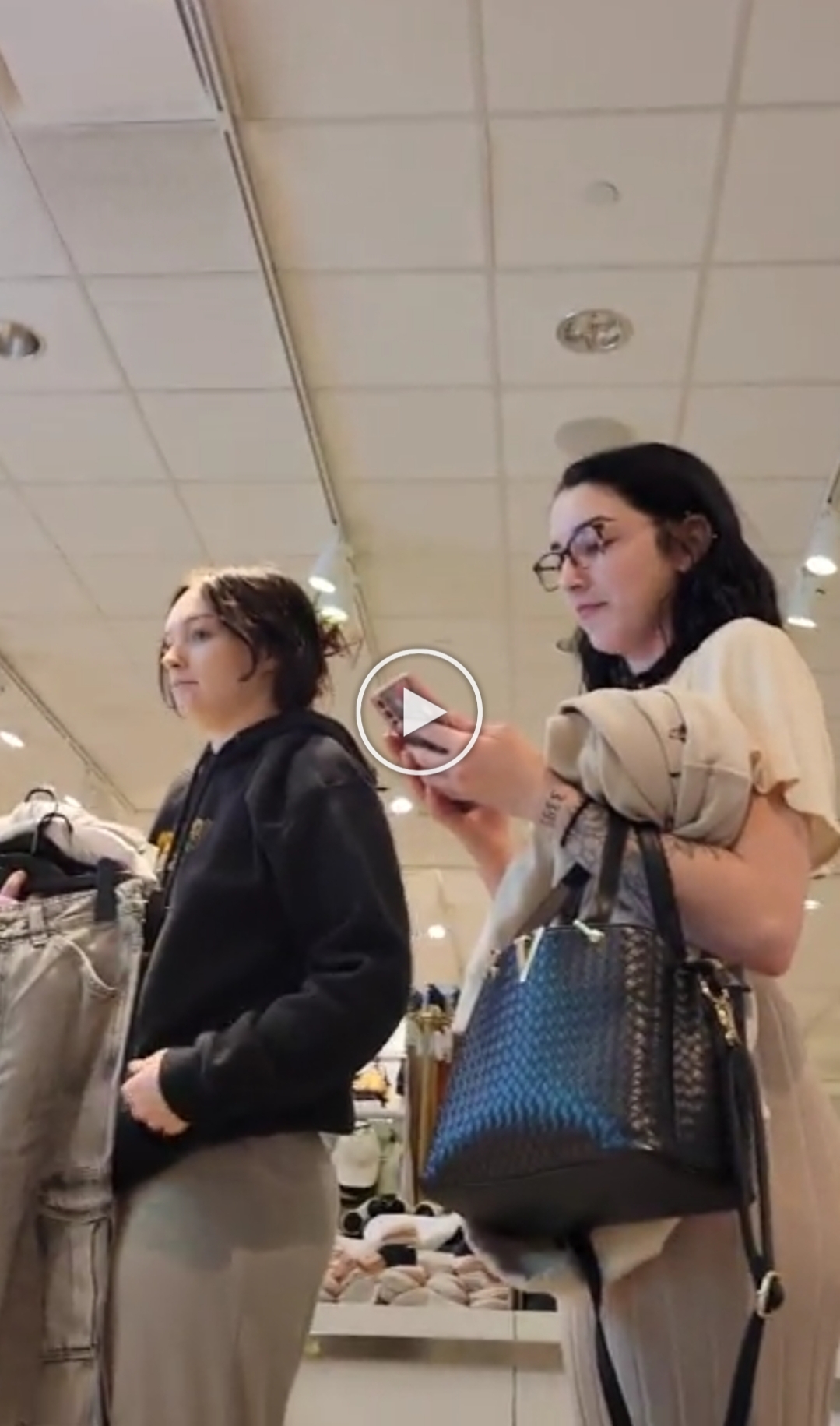It feels like young people today live a lot of their lives online, doesn't it? They share bits of who they are, connect with friends, and find out about the world, all through screens. This online space, you know, it's where they often feel comfortable just being themselves, sometimes in ways that surprise us.
This openness, or what some might call being "candid," has its own set of things to think about. When teens are very open online, there are moments that are good, and then, too, there are aspects that might need a bit more thought. It’s like a big conversation happening all the time, and we're just trying to keep up with what's being said.
So, we're going to talk a little about this idea of "candidteens.neg" – not as a specific place, but as a way to think about the honest, sometimes messy, sometimes challenging parts of young people's online lives. It’s about understanding what they put out there and what that might mean for them, and for us, as they grow up with so much of their world happening on the internet, you know?
Table of Contents
- What Does Being Candid Online Really Mean?
- The Look and Feel of Online Presence - A candidteens.neg Perspective
- How Quickly Do Online Moments Happen?
- The Speed of Sharing and candidteens.neg
- Are We Reading the Fine Print of Digital Spaces?
- Decoding the candidteens.neg Digital Agreements
- What Shapes a Teen's Online World?
- The Many Voices Influencing candidteens.neg
What Does Being Candid Online Really Mean?
When we talk about young people being candid online, it’s about how they choose to show themselves, isn't it? It's not just about what they say, but also how they appear, the kind of things they post, and the vibe they give off. Think of it like putting on a favorite piece of clothing, say, a top that's a straight cut with some pretty ruffles added to the front and back over the shoulders. It seems simple enough, but those ruffles, they add a little something extra, a touch of personal flair that might not be obvious at first glance. It's almost like a hidden detail that tells a bit more about the person wearing it.
This online "outfit" can have a particular feel to it, too. Maybe it's made of a jersey fabric with a knitted texture, giving it a certain comfort, but also a bit of an uneven surface, you know? That texture could be like the different layers in a young person's online interactions – some smooth, some a little bumpy, all part of the real experience. So, it's not always a perfectly smooth picture they present, and that's actually quite normal. There's a lot of realness in that, actually.
The way young people share can also feel quite measured, like a top that's about 60 centimeters long in a certain size. It’s a specific length, not too long, not too short, just enough to show what they want to show without revealing everything. This can be a conscious choice, or sometimes, it just happens that way. They might be putting out just a little piece of themselves, a snapshot, rather than the whole story. It's a snapshot that gives you a glimpse, but not the complete picture of who they are, you see.
The Look and Feel of Online Presence - A candidteens.neg Perspective
Thinking about "candidteens.neg" means considering the whole package of how young people express themselves in digital spaces. It's about the feeling they create, the persona they adopt, and the small details that make up their online identity. Like that straight-cut top with the added ruffles, their online presence might appear straightforward but often has these small, personal additions that give it character. These little touches are what make their online selves unique, and sometimes, they're the parts that might cause a bit of a stir or get a reaction.
The "jersey quality with knitted texture" really speaks to the everyday nature of these online interactions. It’s not always a polished, perfect fabric; sometimes it’s a bit more casual, a bit more lived-in. This textured quality can reflect the ups and downs, the raw honesty, and the sometimes unrefined nature of being truly open online. It’s a very human way to be, isn't it? And these textures can certainly shape how others view what they're sharing.
And that specific "length of about 60 cm" for a garment, well, it can represent the boundaries young people set for themselves, even if they don't mean to. It’s about how much they’re willing to put out there, how much of their story they're ready to share with the world. Sometimes, the "candidteens.neg" aspect comes from pushing those boundaries, or from what happens when those boundaries are misunderstood. It's a delicate balance, more or less, between sharing and keeping some things private.
How Quickly Do Online Moments Happen?
Have you ever noticed how fast things move online? It’s truly amazing, isn't it? One moment, something is just a thought, and the next, it’s out there for everyone to see. It’s a bit like getting something delivered really fast, or having an easy way to send something back if it’s not quite right. This speed can be a real plus, letting young people connect and share ideas almost instantly. But, you know, that quickness also means there's less time to think things over before they go live. It’s a bit of a double-edged sword, in a way.
This rapid flow of information also means young people are exposed to so many different things, all at once. It’s like browsing through a store that has "over 800 brands" – there’s just so much to look at, so many styles, so many voices. They’re taking in a huge amount of content and influence, all the time. This can be great for finding new interests, but it also means they have to sort through a lot, which can be quite a task. They’re constantly making choices about what to pay attention to, what to like, and what to ignore, actually.
And when something is shared, the feedback can come in almost immediately, too. It’s like reading "customer reviews" right after you’ve bought something. Those reactions, whether they’re positive or negative, can hit home very quickly. This instant feedback loop is a big part of the online experience for young people, shaping how they feel about what they’ve shared and what they might share next. It's a very direct form of communication, you know?
The Speed of Sharing and candidteens.neg
The quickness of sharing is a big part of what makes "candidteens.neg" such a topic for discussion. Things can go from a personal thought to public knowledge in a blink. This "fast delivery" of content means there's often little time for second guesses. What might seem like a fleeting thought can become a permanent part of their online story, and that’s something to really consider. It’s like making a purchase and realizing it’s already on its way before you’ve even had a chance to think twice.
The idea of "easy returns" also comes into play here. While some platforms offer ways to delete or retract content, the reality is that once something is out there, it can be hard to truly take it back. Someone might have saved it, or it might have spread. This means that even if a young person tries to "return" a piece of content, the effects of its initial "delivery" might still linger. This can be a source of real frustration and concern for them, pretty much.
With "over 800 brands" and countless sources of information available, young people are constantly absorbing and reacting. This vast ocean of content means that their candid expressions, whether positive or negative, are just one small wave in a very big sea. The sheer volume can make it hard for their true voice to be heard, or for them to stand out in a way they intend. It’s a bit like trying to find a specific item in a huge online store, isn't it? There's just so much to see, you know?
Are We Reading the Fine Print of Digital Spaces?
When we sign up for online services, there are usually pages and pages of rules and agreements, aren't there? These can feel a lot like "annexes written in a language you don't master." It’s a bit like looking at a legal document in French when you only speak English. It’s all there, but understanding what it truly means can be a real challenge. For young people, this can be even harder, as they might just click "agree" without fully grasping the implications of what they're signing up for. This can lead to unexpected situations later on, perhaps.
It's important to really look at these things closely and not just ignore them. Just like with any important document, taking the time to understand the basic ideas, the "fundamental teachings" of digital rights and responsibilities, is a good idea. This includes knowing about privacy settings, what data is collected, and how their content might be used. It’s a bit like learning the basic rules of a game before you start playing, so you know how to win, or at least, how not to lose, you know?
Some people even study "legal English" or go through programs that give them a "double degree" in law and other subjects, just to get a better handle on these kinds of documents. For young people, while they won't be doing that, it points to the need for simpler, clearer explanations of online rules. Maybe it's about having a "language center" for digital citizenship, where they can learn about these things in a way that makes sense to them. It's really about making sure they have the tools to protect themselves online, you see.
Decoding the candidteens.neg Digital Agreements
The "candidteens.neg" experience often involves young people interacting with platforms where the rules are, let's say, not always crystal clear. These "annexes written in a language you don't master" represent the complex terms of service that can feel overwhelming. It's hard to be truly candid and feel safe if you don't quite grasp the boundaries of the digital space you're in. This lack of clear understanding can sometimes lead to situations they didn't anticipate, more or less.
There's a real need to help young people get a grip on these "


